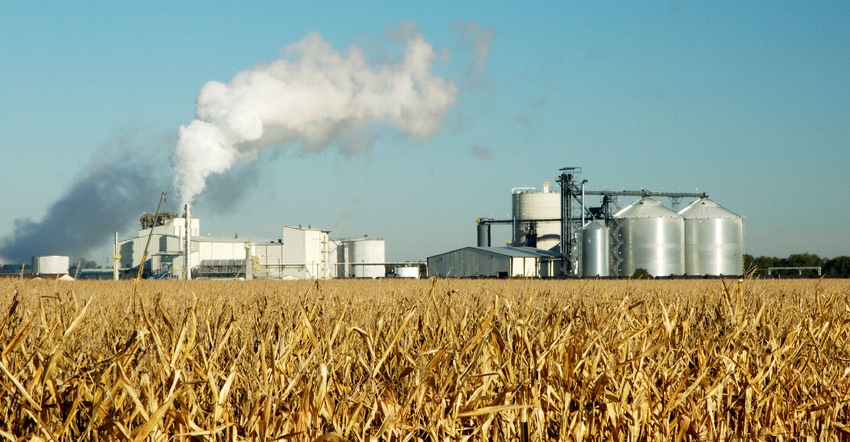U.S. ethanol exports down 12% year over year at end of 2019-20 marketing year.
November 23, 2020

Weighed down by the COVID-19 pandemic and global stay-at-home orders, U.S. ethanol exports at the end of the marketing year were down 12% year over year, according to data from the U.S. Department of Agriculture.
Over the course of the marketing year (September 2019 to August 2020), U.S. ethanol exports, which the U.S. Grains Council (USGC) said account for nearly 60% of global trade, faced losses in fuel markets while staying relatively flat in industrial-use markets. New markets did emerge as ethanol demand increased in support of human health for sanitizing applications.
“In a typical year, about a quarter of U.S. ethanol exports are destined for industrial use markets. For some months in 2020, that shot up to half,” said Brian Healy, USGC director of global ethanol market development. “While the full effects of the pandemic have not been realized, stay-at-home orders were just reissued in many European Union member countries, and policy developments continue to move forward in critical markets that will drive ethanol demand in the future.”
For fuel markets, USGC said stay-at-home orders led to an overnight demand loss in the U.S. and around the world, and the initially hoped-for V-shaped recovery has been complicated by employees working from home, a patchwork of government stay-at home-orders and a lack of a COVID-19 vaccine.
Translated to global fuel ethanol demand, U.S. exports are down in all top 10 fuel ethanol export markets -- Brazil, Canada, the EU and the U.K., Colombia, the Philippines and Peru – for a total a loss of 161 million gal. across those six markets. Notably, the octane markets of the Persian Gulf, Oman and United Arab Emirates (UAE) dropped out as top destinations due to the shift in pricing economics since the pandemic has been underway.
According to USGC, renewable energy and trade policies also weighed on 2019-20 global demand.
China, with the second-largest fuel pool in the world, equal to less than half that of the U.S., is notably absent from the top 10 markets, with no sizeable ethanol imports since the 2017-18 marketing year, when 70% duties from Section 232 and Section 301 were placed on U.S. ethanol imports to the market.
“Today, even without the nationwide E10 policy in effect, China is deficit of ethanol based on provincial policies already in place,” Healy said. “As with other countries that produce ethanol domestically, China stands to benefit in having access to the global ethanol market and to reinvigorate its national blending program for a cohort of reasons.”
On the industrial side, exports are up to South Korea, Mexico and Nigeria, which combined posted a 52 million gal. increase. India was an exception but dropped only 1% year over year.
Over the course of the pandemic, USGC said many U.S. ethanol producers responded to increased domestic and global demand for industrial grades of ethanol by expanding or building out new capacity for those grades, which are positioned to further supply global markets for certain operations. In many key markets, like Japan, Brazil has been a dominant supplier of industrial ethanol.
“Many factors contribute to this imbalance of market share, including long-standing relationships. It will be critical for the U.S. industry to convey expanded availability of industrial-grade ethanol to meet current and expanded future global demand,” the council said.
COVID-19 is projected to continue weighing on the global ethanol market, with 2019 production levels not expected to return until at least 2022. Even still, USGC, with its global presence, has continued to work to expand the use of ethanol worldwide.
“With our country and regional offices and representatives, the council has maintained and even expanded programs in certain markets to ensure this pandemic does not translate to lost years on global ethanol policy implementation, on trade environments accessible to U.S. producers and on emerging trends that will impact the industry for the years beyond the pandemic,” USGC said.
You May Also Like


.png?width=300&auto=webp&quality=80&disable=upscale)
